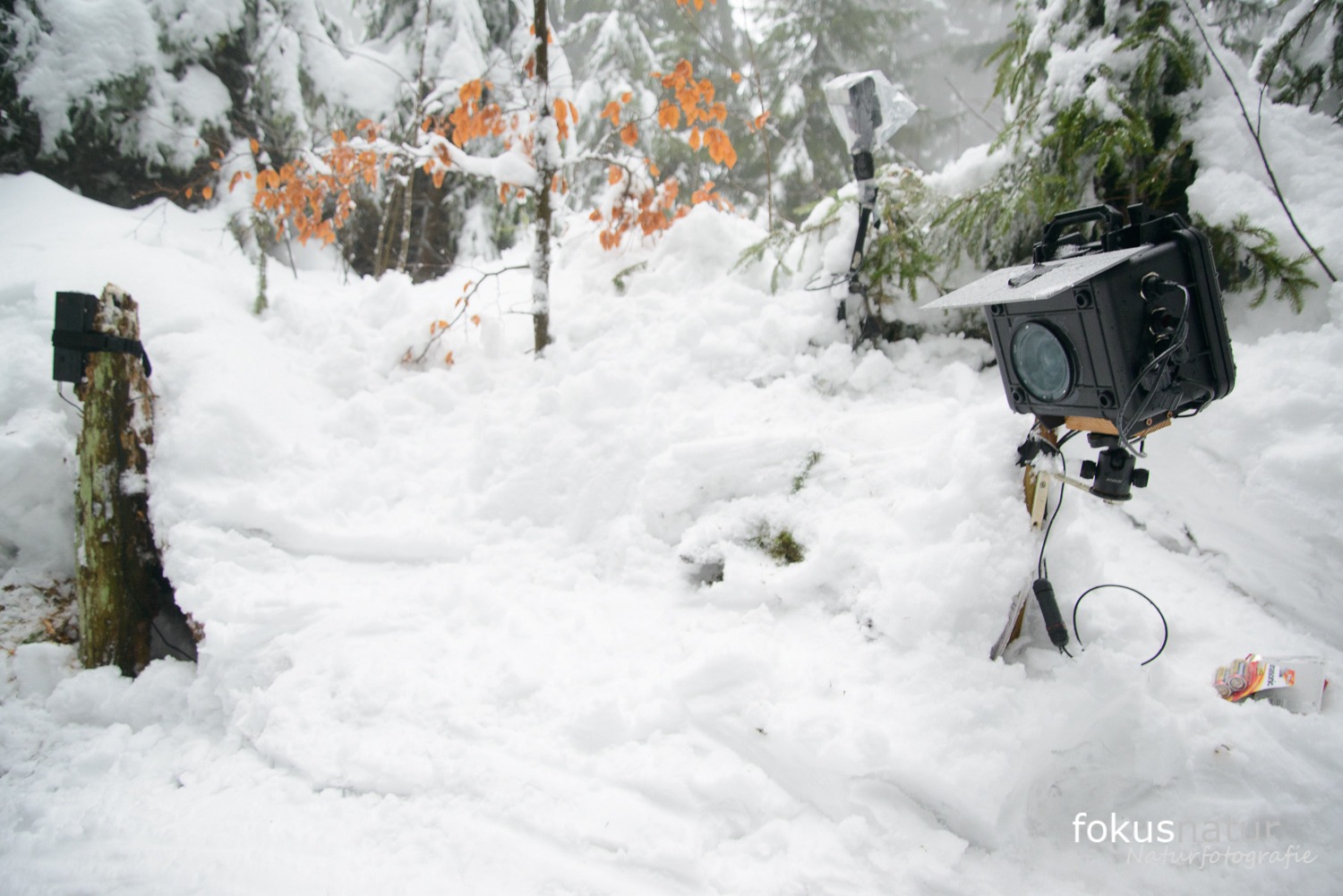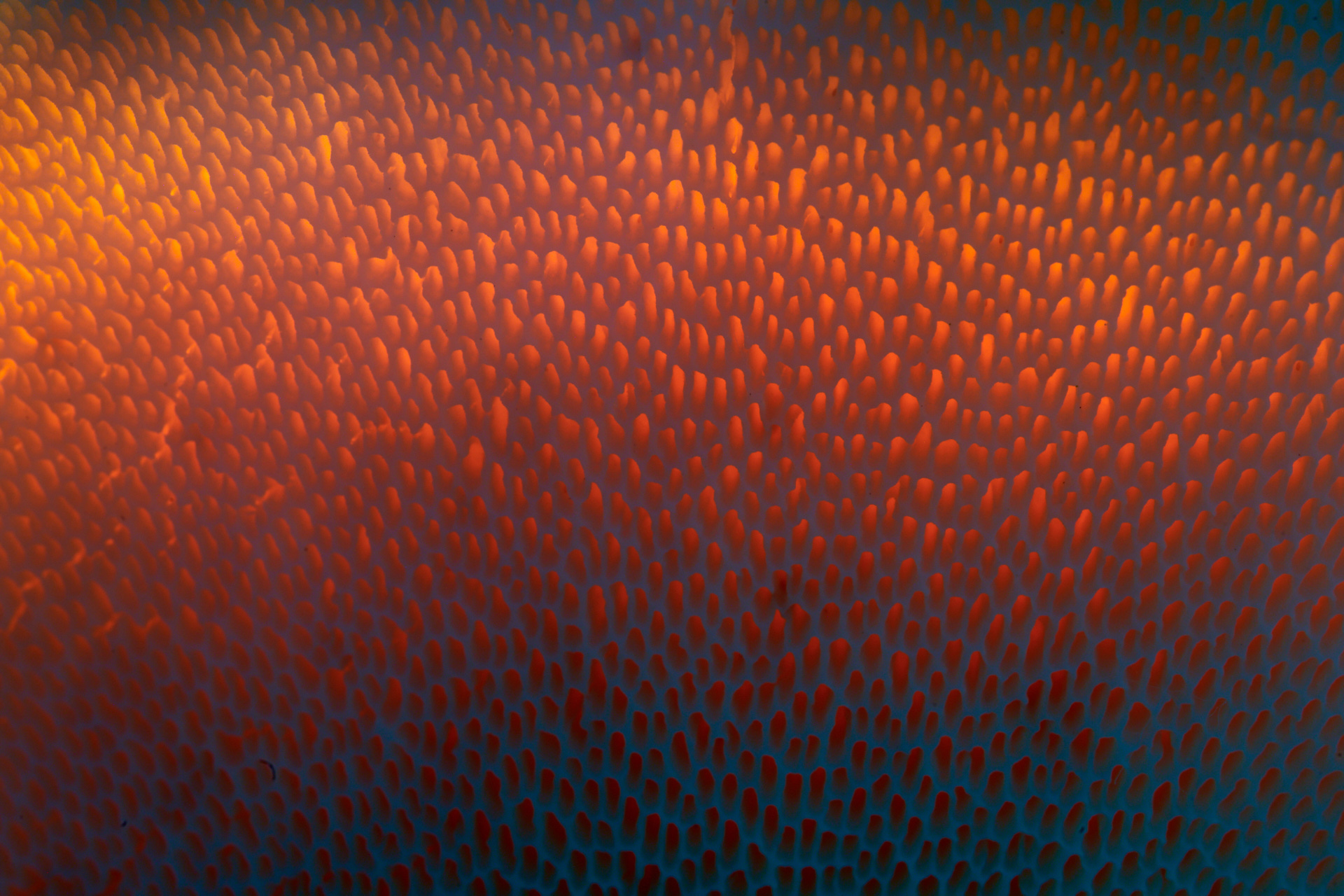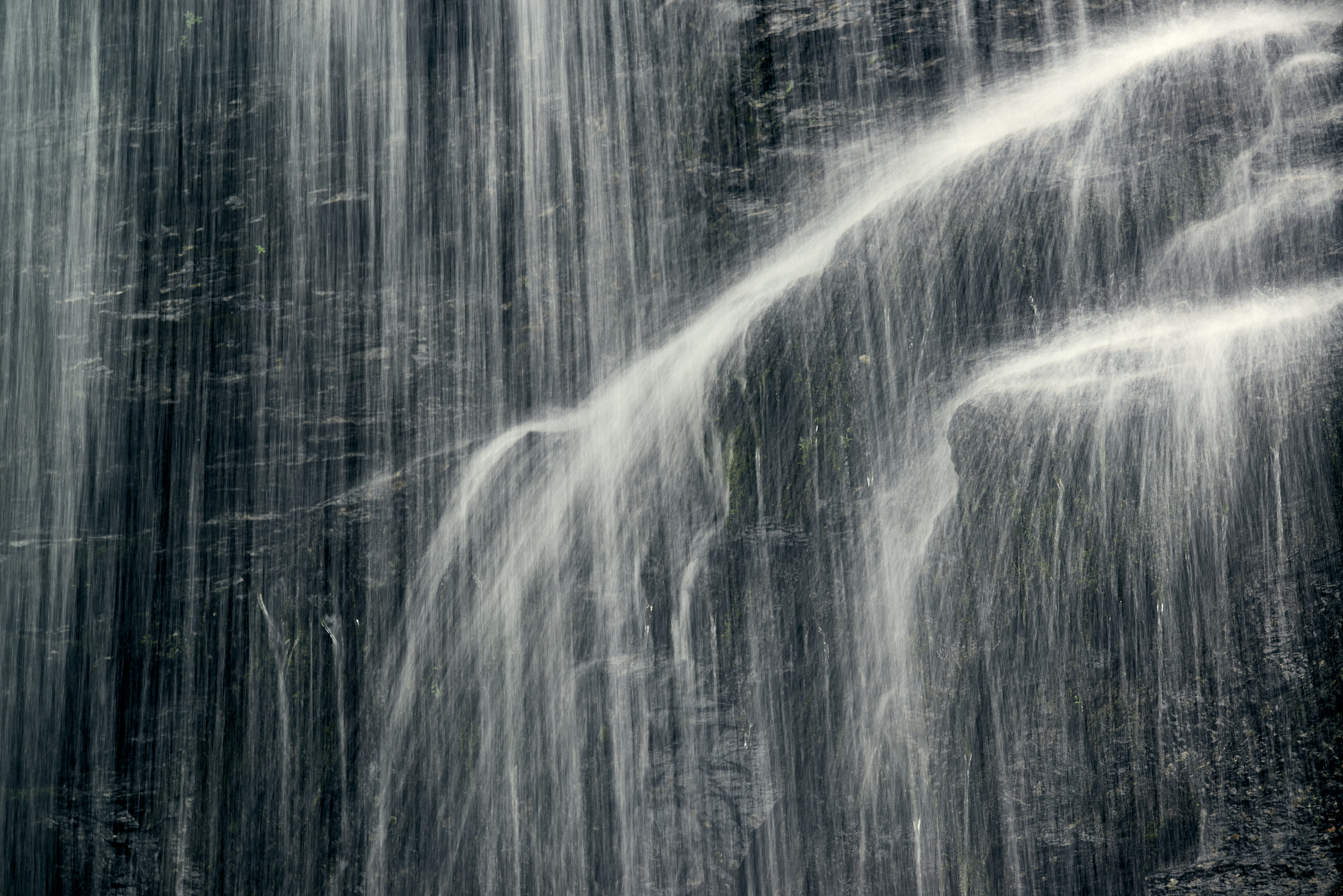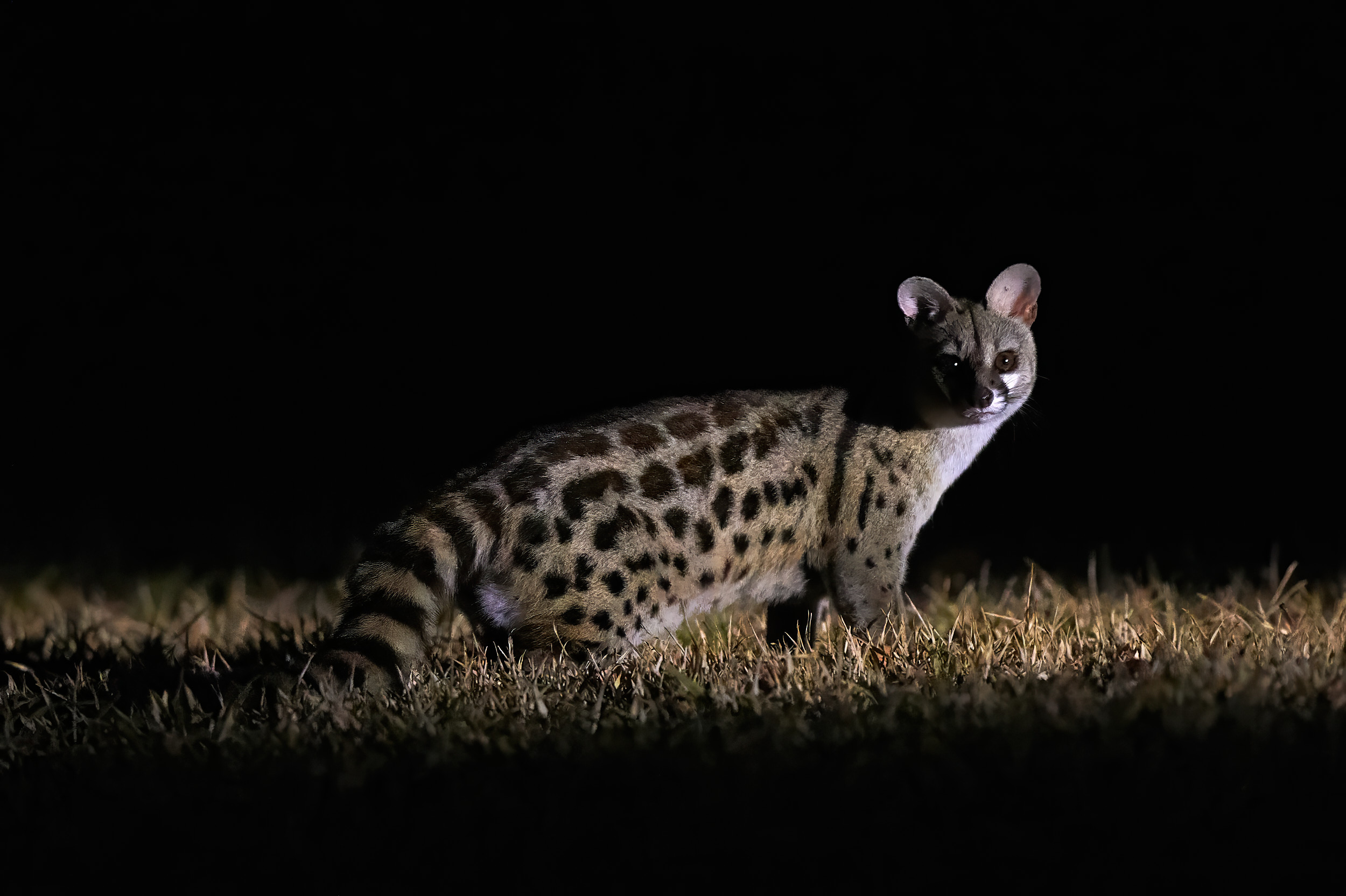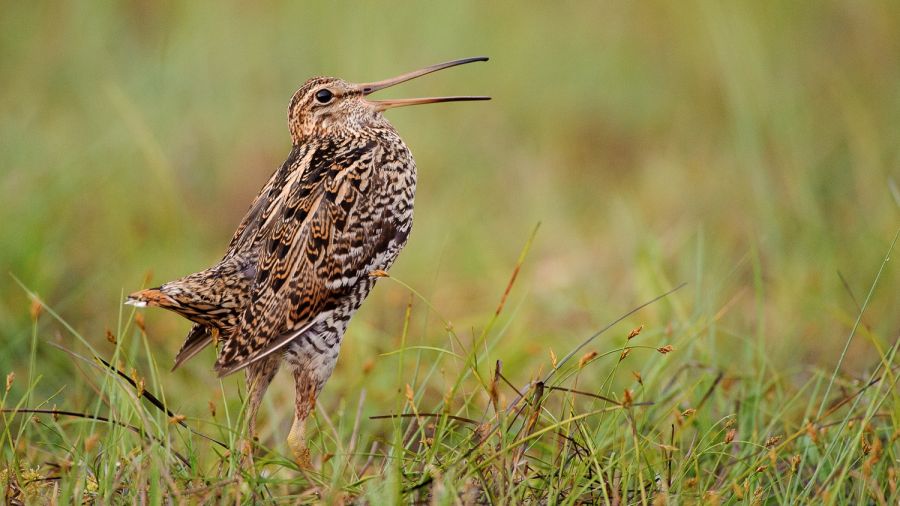Camera traps, also known as camera traps or cameratraps, have become an integral part of modern animal observation and wildlife research. They make it possible to photograph or film animals in their natural habitat without the need for a human to be present. For hunters, scientists and photographers, they are an indispensable tool for documenting wild animals, discovering rare behaviors and monitoring their populations.
The technology behind camera traps is both simple and fascinating. Most models work with a passive infrared motion detector (PIR), which detects heat radiation that differs from the ambient temperature. If a living creature such as an animal or person moves in the field of vision, the camera is triggered automatically. Alternatively, there are camera traps that work via a light barrier. In this case, a laser or infrared beam is interrupted by an animal – here too, the interruption triggers the camera.
One of the greatest strengths of camera traps is their flexibility. Many models are weatherproof and can remain outdoors for weeks or months. They are equipped with infrared flashes, especially for night-time observations. These make it possible to take pictures in the dark without disturbing the animals with bright light. This technology is mainly used in wildlife research to document behavior patterns that are as natural as possible.
Photographers who convert their DSLR cameras into camera traps, on the other hand, rely on creative staging and targeted lighting design. Flash units are used here to optimally illuminate subjects and enable spectacular shots. Such DIY solutions are often developed to photograph shy or particularly rare animals. Examples include the lynx, the wolf or exotic big cats. These animals often move in areas that are difficult to access or are only rarely active.
Camera traps also play an important role in nature conservation. They help to track down illegal activities such as poaching or confirm the presence of endangered species in a particular area. For researchers, the data obtained is an invaluable source for better understanding the biodiversity of a habitat.
Whether in the rainforest, in the desert or on your own doorstep – camera traps provide unique insights into the lives of animals that normally remain hidden from us. They combine science, technology and creativity in a fascinating way and show the animal world as we have never seen it before.

